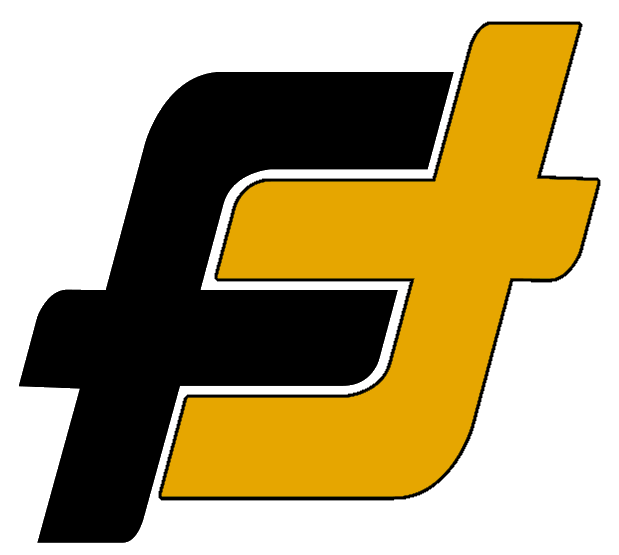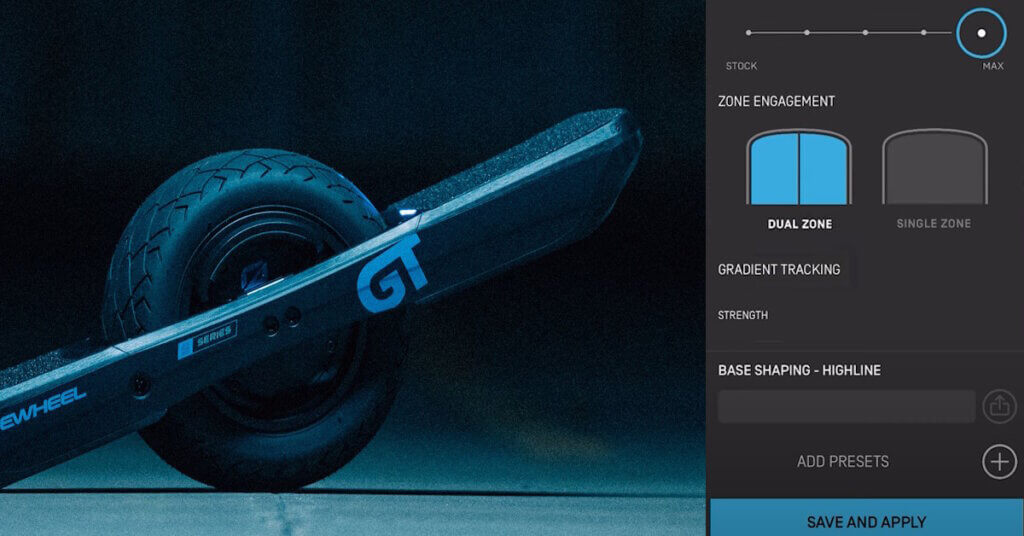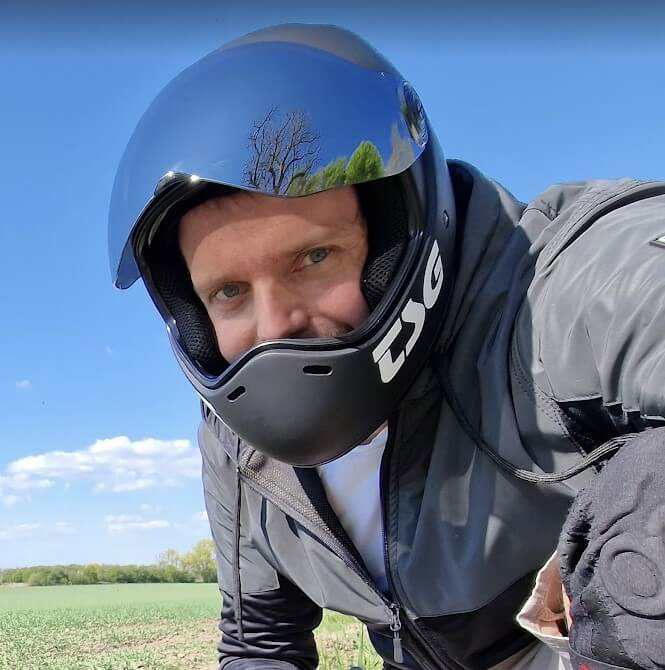Future Motion Inc. has rolled out an exciting firmware update for the Onewheel GT S-series, bringing major improvements and a new feature called Gradient Tracking. This project, led by Austin Silva, Mercedes Silva, and Neil Bennett, was developed in collaboration with the Factory Pro Team, who have been testing and improving the product over the past few months.
Major Improvements
Landing Behavior
The first major improvement is in the landing behavior. Previously, if you landed tail-heavy after a jump, the board would continue pulling forward into a tail drag. Now, the board compensates for this action and allows you to immediately pick up the tail and regain balance, enabling you to stick more landings.
Handling Through Chatter
The second improvement addresses the board’s handling through chatter, especially when braking. If the board was jostled repeatedly, the nose would start to dip lower and lower increasing the risk of a nosedive. This issue has been addressed, making it much easier to maintain balance and recover from any overcorrections that might occur through the chatter.
New Feature: Gradient Tracking
The third major improvement is a new system setting called Gradient Tracking. This feature allows the board to recognize when you are in steeper terrain and adjust the tilt and responsiveness to allow for more room to accelerate while climbing and more room to brake while descending. This feature is like the Adaptive Terrain Response for the Onewheel VESC platform.
Gradient Tracking comes with three sliders: Strength, Response Speed, and Max Angle.
- Strength: With strength set to zero, gradient tracking will be off completely. The right strength will depend on your weight and tire pressure. If the strength is too high, the board will feel really rigid and could get tiring if you’re riding over a lot of hills.
- Response Speed: This controls how aggressively gradient tracking comes in. If you’re climbing steep technical hills and need maximum clearance, you’ll want this to be more responsive. If you’re riding a smooth pump track where you’re constantly transitioning from roller to roller, you’d probably want this less responsive.
- Max Angle: This allows you to set a limit to how much extra tilt is applied. If you feel like you’re getting too much tilt, be sure to try a lower strength before limiting the angle here.
This firmware update is a significant step forward for the Onewheel GT-S series, enhancing the riding experience and opening up new possibilities for Onewheel riders.


